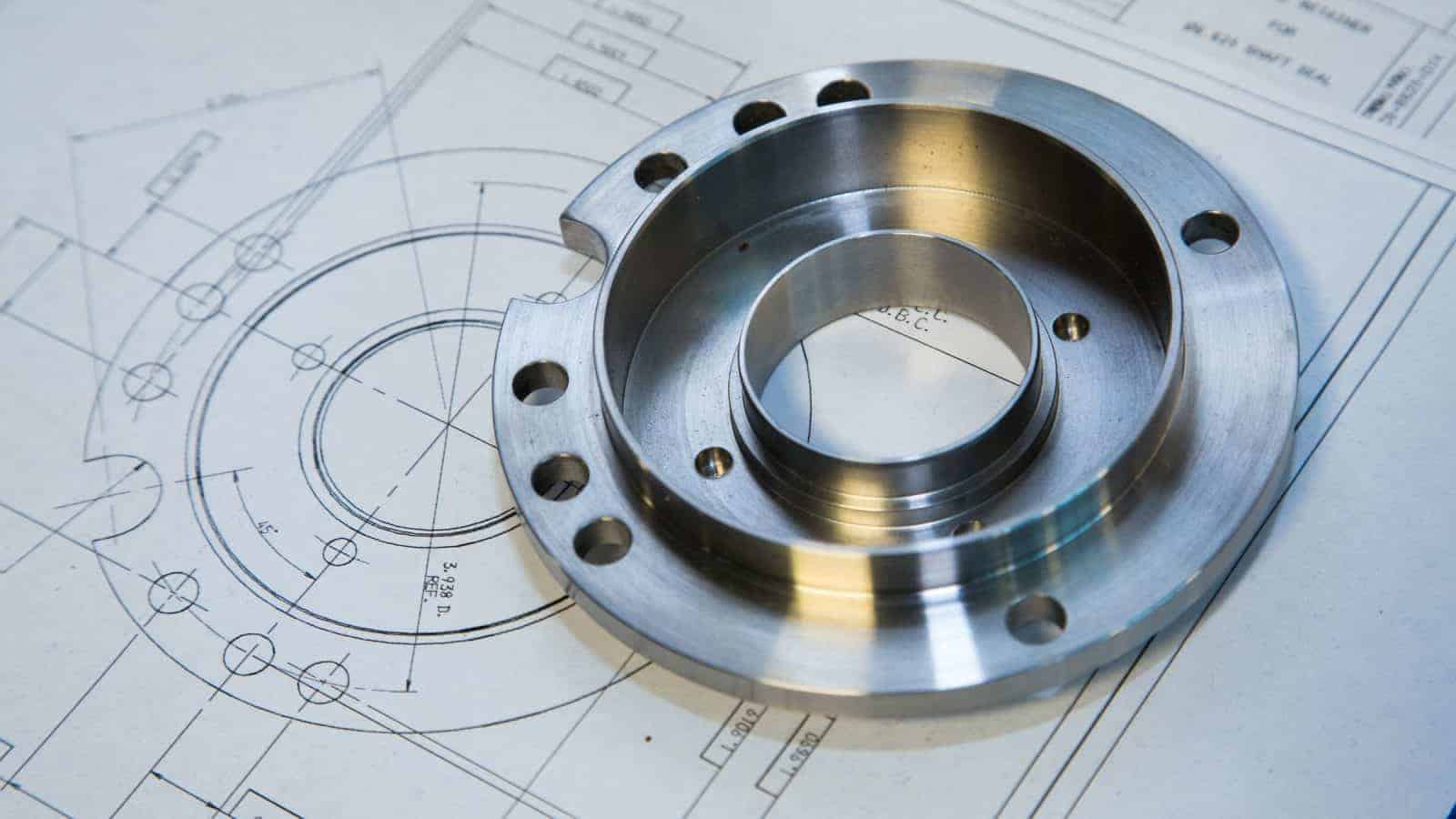Despite Cancelled Projects, Clean Hydrogen Set to Soar

Low-carbon hydrogen is on track for explosive worldwide growth through 2030 (POLITICO Pro’s ENERGYWIRE, subscription).
What’s going on: “The International Energy Agency reported Friday that ‘clean’ hydrogen production will jump fivefold by the end of the decade from projects that are already operational or have reached financial close. More than 200 projects in the sector have finalized financial deals since 2020, it said.”
- It’s a big change from 2024, when global hydrogen demand rose 2% (though most of that was from traditional-fuel projects).
- Clean hydrogen—hydrogen gas produced with little to no emissions, either from renewables or via the capture of “blue” carbon from traditional energy sources—is seen as a way to cut emissions, particularly in sectors that have traditionally been difficult to decarbonize.
China’s big role: “China is driving much of the growth of green hydrogen produced with machines called electrolyzers.”
- This accounts for some 65% of global green hydrogen capacity that has either already been installed or gotten to financial closing.
- Renewable hydrogen in China could be cost-competitive by the end of the decade due to low technology and capital costs, according to the report.
And elsewhere in Asia: “Southeast Asia, where hydrogen production consumes 8% of the gas supply, also is emerging as a major market for the fuel to support chemical industries,” the report said.
In the U.S.: But low-carbon hydrogen projects are expected to decline in the U.S., as tax credits for them phase down.
- Production is expected to decline to 150,000 annual metric tons by 2030, down from 1.2 million estimated last year, according to BloombergNEF. And a pending review of Department of Energy projects could cut that further.
- However, “even if DOE funds are nixed, some hub projects may be economical. In a second research note this week, BloombergNEF said remaining hydrogen tax credits at a maximum could provide $90 billion over 10 years for the hubs.”
Canceled projects: Clean hydrogen production could increase to 37 million metric tons a year by 2030, but that estimate is nearly 25% lower than last year’s projection.
- Eighty percent of that decline is due to canceled projects in the U.S., Europe, Australia and Africa. These initiatives represent approximately 3% of the total pipeline.
The NAM’s take: “Manufacturers believe the U.S. should be supporting a robust and stable domestic hydrogen industry, which can play a role in achieving energy dominance and fuel security,” said NAM Vice President of Domestic Policy Chris Phalen. “We must not cede leadership over innovation in emerging energy technologies to China.”
